This module does not replace an existing thermostat, instead it adds features to it. It is wired in parallel with the thermostat, and can be installed at the thermostat(possibly inside or behind), or at the HVAC fan unit.
The basic model will have little to no user interface, just an enable, and some swtiches to set the cycle time. This will provide the core functionality and require no additional user effort. This can easily be made with surface mount components small enough to fit inside the wiring space located at the back of most thermostats.
The module will include jumper configurable options for supplying power for multiple sources depending on the capabilities of the system it is installed on:
- Direct power from HVAC(requires "C" wire which is not always present)
- Power stealing from the HVAC through control lines(Doesn't require "C", but may not work on newer systems)
- Battery power
Multiple additional feature options will be considered as variants:
- Display and buttons for status
- Schedule programming
- Remote temperature sensing
- Network or wireless connection for management
 Quinn
Quinn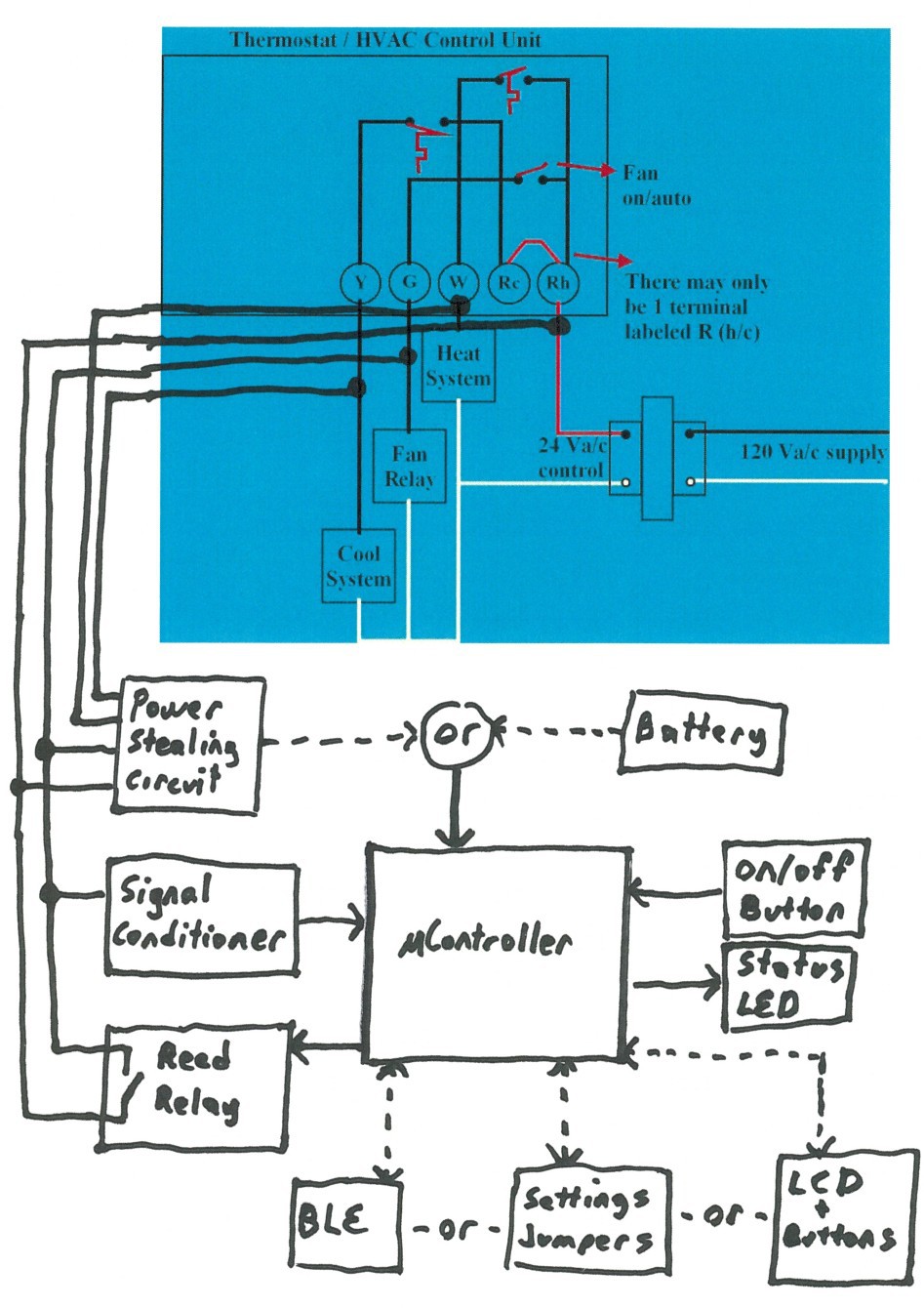
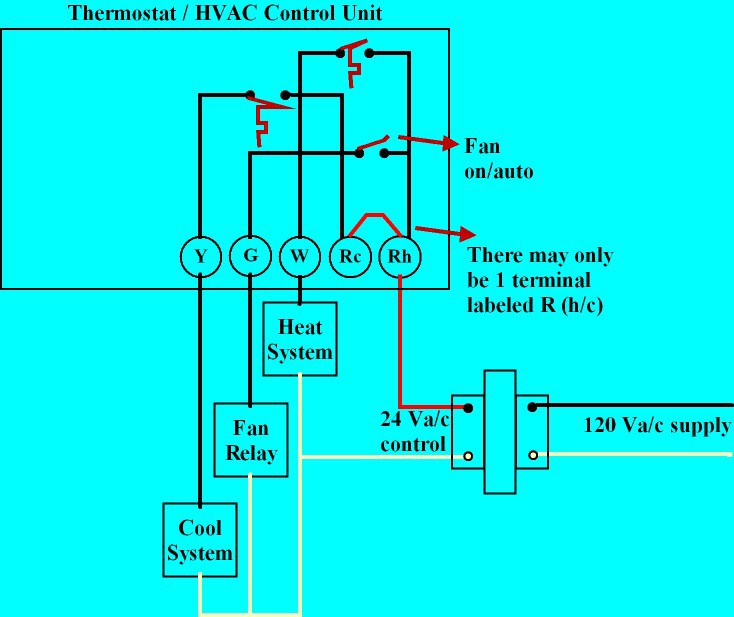


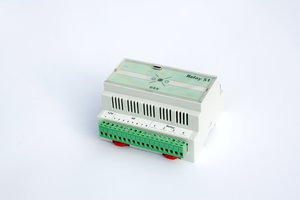
 strange.rand
strange.rand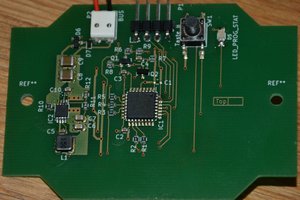
 Siggi
Siggi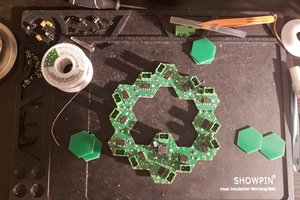
 Hexabitz
Hexabitz